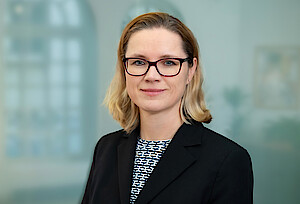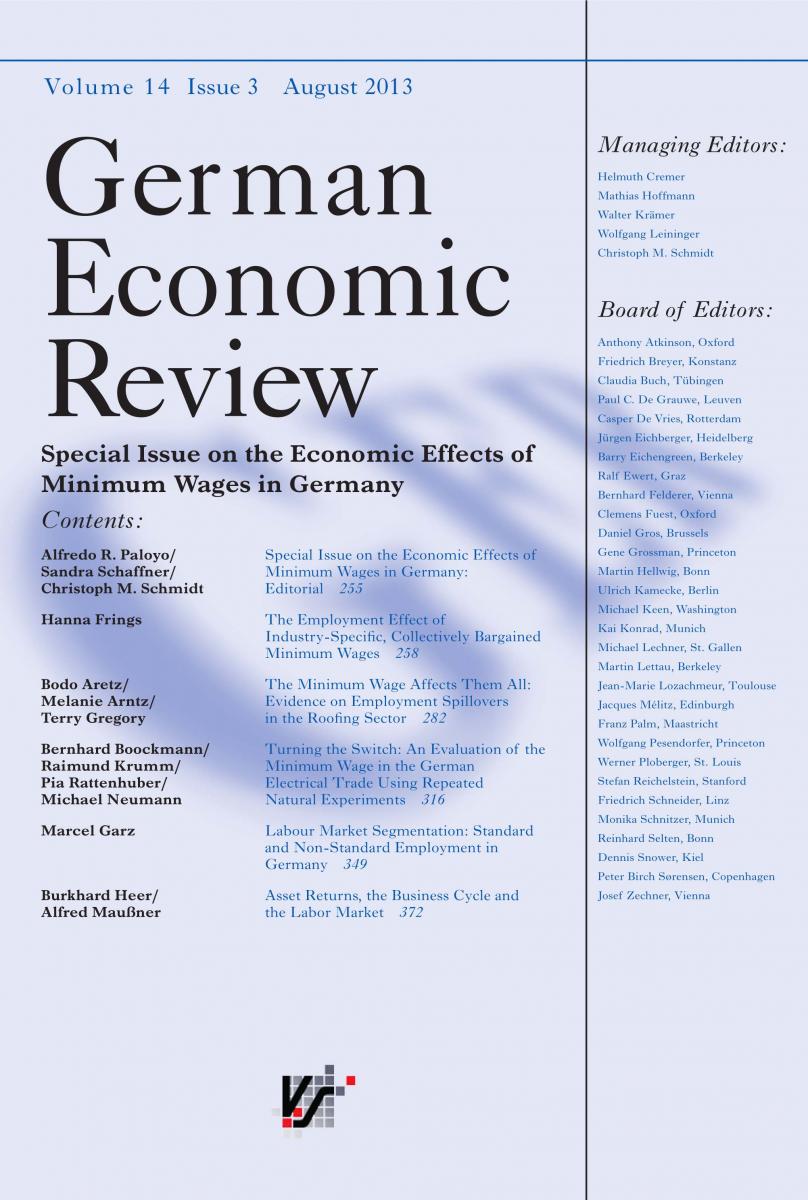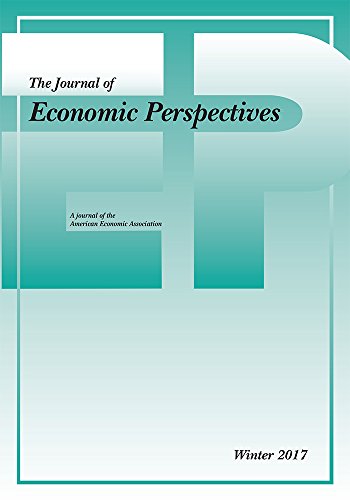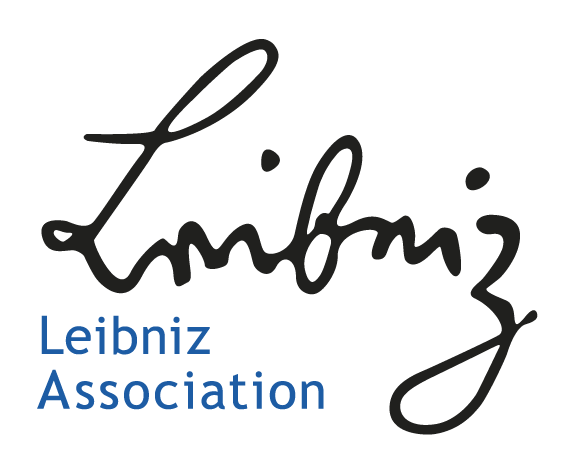Econometric Tools for Macroeconomic Forecasting and Simulation
The aim of this research group is to enhance research on, and development, implementation, evaluation, and application of quantitative macroeconometric models for forecasting and analysing aggregate economic fluctuations and developments. Research in this group contributes to the econometric foundation and the methodological improvements of the IWH forecasts. During the last years, the IWH has highly specialised in macroeconomic modelling, both for flash estimates and medium-term projections. Furthermore, this group conducts comprehensive empirical analysis and develops econometric tools that are used for third-party funded projects. In the last years, particular models have been developed for e.g. Volkswagen Financial Services AG and for GIZ. The research group contributed in particular on macroeconomic modelling for ministries in Kyrgyzstan and Tajikistan as well as for the institute of forecasting and macroeconomic research (IFMR) Uzbekistan.
IWH Data Project: IWH Real-time Database
Research Cluster
Economic Dynamics and StabilityYour contact

- Department Macroeconomics
EXTERNAL FUNDING
07.2022 ‐ 12.2026
Evaluation of the InvKG and the federal STARK programme
On behalf of the Federal Ministry of Economics and Climate Protection, the IWH and the RWI are evaluating the use of the approximately 40 billion euros the federal government is providing to support the coal phase-out regions..
01.2023 ‐ 12.2023
Early determination of stable results for gross domestic product or real economic growth and gross value added at federal state level
The project examines whether the accuracy of the first estimate of gross value added and gross domestic product for the federal states can be increased, thereby reducing the extent of subsequent revisions.
01.2018 ‐ 12.2023
EuropeAid (EU Framework Contract)
05.2020 ‐ 09.2023
ENTRANCES: Energy Transitions from Coal and Carbon: Effects on Societies
ENTRANCES aims at examining the effects of the coal phase-out in Europe. How does the phase-out transform society – and what can politics do about it?
This project has received funding from the European Union’s Horizon 2020 research and innovation programme under grant agreement No 883947.
10.2019 ‐ 01.2023
Climate Resilient Economic Development
Climate change has a substantial impact on economic growth and a country’s development. This increases the need for reliable and viable approaches to assessing the impact of climate risks and potential adaptation scenarios. Political decision-makers in ministries of planning and economy need sound forecasts in order to design and finance adequate economic policy instruments and actively to take countermeasures. In the pilot countries (Georgia, Kazakhstan and Vietnam), climate risk is included in macroeconomic modelling, enabling the results to be integrated into the policy process so as to facilitate adapted economic planning. The IWH team is responsible for macroeconomic modelling in Vietnam.
07.2016 ‐ 12.2018
Climate Protection and Coal Phaseout: Political Strategies and Measures up to 2030 and beyond
01.2017 ‐ 12.2017
Support to Sustainable Economic Development in Selected Regions of Uzbekistan
01.2017 ‐ 12.2017
Short-term Macroeconomic Forecasting Model in Ministry of Economic Development and Trade of Ukraine
01.2016 ‐ 12.2017
Development of analytical tools based on Input-Output table
The aim of the project was the development of an analytical tool to assess the gains and losses of possible state programs supporting the development of the private sector of the Tajik economy.
11.2015 ‐ 12.2016
Employment and Development in the Republic of Uzbekistan
Support to sustainable economic development in selected regions of Uzbekistan
05.2016 ‐ 05.2016
Framework and Finance for Private Sector Development in Tajikistan
02.2016 ‐ 04.2016
Macroeconomic Reforms and Green Growth - Assessment of economic modelling capacity in Vietnam
Refereed Publications

Should Forecasters Use Real‐time Data to Evaluate Leading Indicator Models for GDP Prediction? German Evidence
in: German Economic Review, No. 4, 2019
Abstract
In this paper, we investigate whether differences exist among forecasts using real‐time or latest‐available data to predict gross domestic product (GDP). We employ mixed‐frequency models and real‐time data to reassess the role of surveys and financial data relative to industrial production and orders in Germany. Although we find evidence that forecast characteristics based on real‐time and final data releases differ, we also observe minimal impacts on the relative forecasting performance of indicator models. However, when obtaining the optimal combination of soft and hard data, the use of final release data may understate the role of survey information.

Expectation Formation, Financial Frictions, and Forecasting Performance of Dynamic Stochastic General Equilibrium Models
in: Historical Social Research, No. 2, Special Issue: Governing by Numbers 2019
Abstract
In this paper, we document the forecasting performance of estimated basic dynamic stochastic general equilibrium (DSGE) models and compare this to extended versions which consider alternative expectation formation assumptions and financial frictions. We also show how standard model features, such as price and wage rigidities, contribute to forecasting performance. It turns out that neither alternative expectation formation behaviour nor financial frictions can systematically increase the forecasting performance of basic DSGE models. Financial frictions improve forecasts only during periods of financial crises. However, traditional price and wage rigidities systematically help to increase the forecasting performance.

For How Long Do IMF Forecasts of World Economic Growth Stay Up-to-date?
in: Applied Economics Letters, No. 3, 2019
Abstract
This study analyses the performance of the International Monetary Fund (IMF) World Economic Outlook output forecasts for the world and for both the advanced economies and the emerging and developing economies. With a focus on the forecast for the current year and the next year, we examine the durability of IMF forecasts, looking at how much time has to pass so that IMF forecasts can be improved by using leading indicators with monthly updates. Using a real-time data set for GDP and for indicators, we find that some simple single-indicator forecasts on the basis of data that are available at higher frequency can significantly outperform the IMF forecasts as soon as the publication of the IMF’s Outlook is only a few months old. In particular, there is an obvious gain using leading indicators from January to March for the forecast of the current year.

Should We Use Linearized Models To Calculate Fiscal Multipliers?
in: Journal of Applied Econometrics, No. 7, 2018
Abstract
We calculate the magnitude of the government consumption multiplier in linearized and nonlinear solutions of a New Keynesian model at the zero lower bound. Importantly, the model is amended with real rigidities to simultaneously account for the macroeconomic evidence of a low Phillips curve slope and the microeconomic evidence of frequent price changes. We show that the nonlinear solution is associated with a much smaller multiplier than the linearized solution in long‐lived liquidity traps, and pin down the key features in the model which account for the difference. Our results caution against the common practice of using linearized models to calculate fiscal multipliers in long‐lived liquidity traps.

On DSGE Models
in: Journal of Economic Perspectives, No. 3, 2018
Abstract
The outcome of any important macroeconomic policy change is the net effect of forces operating on different parts of the economy. A central challenge facing policymakers is how to assess the relative strength of those forces. Economists have a range of tools that can be used to make such assessments. Dynamic stochastic general equilibrium (DSGE) models are the leading tool for making such assessments in an open and transparent manner. We review the state of mainstream DSGE models before the financial crisis and the Great Recession. We then describe how DSGE models are estimated and evaluated. We address the question of why DSGE modelers—like most other economists and policymakers—failed to predict the financial crisis and the Great Recession, and how DSGE modelers responded to the financial crisis and its aftermath. We discuss how current DSGE models are actually used by policymakers. We then provide a brief response to some criticisms of DSGE models, with special emphasis on criticism by Joseph Stiglitz, and offer some concluding remarks.
Working Papers

Workplace Equipment and Workplace Gap by Gender in East and West Germany
in: IWH Discussion Papers, No. 9, 2006
Abstract
In dem vorliegenden Aufsatz werden (a) Umfang und Struktur der vorhandenen Arbeitsplätze nach Geschlechtern in Ost- und Westdeutschland, (b) das geschlechtsspezifische Ausmaß der „Arbeitplatzlücke“ in beiden Großregionen sowie (c) die Ursachen für die – gemessen an Westdeutschland – höhere „Arbeitsplatzlücke“ in Ostdeutschland auf der Grundlage von Daten der Regionalen Volkswirtschaftlichen Gesamtrechnungen und der Bundesgentur für Arbeit untersucht. Die Analyse zeigt, dass im Jahr 2003 die „Arbeitsplatzausstattung“ je 1000 Erwerbsfähigen in Ostdeutschland fast genau so hoch war wie in Westdeutschland. Bei den Frauen lag sie sogar über dem westdeutschen Vergleichswert. Dennoch ist die Diskrepanz zwischen dem Arbeitsangebot und der Nachfrage bei den ostdeutschen Frauen und Männern erheblich größer. Dies ist zum einen auf strukturelle Ursachen und zum anderen auf die höhere Erwerbsneigung der ostdeutschen Frauen zurückzuführen, die insbesonde durch das tradierte Verhaltensmuster nach Erwerbsarbeit sowie die geringeren Haushalteinkommen in Ostdeutschland bedingt ist.

















